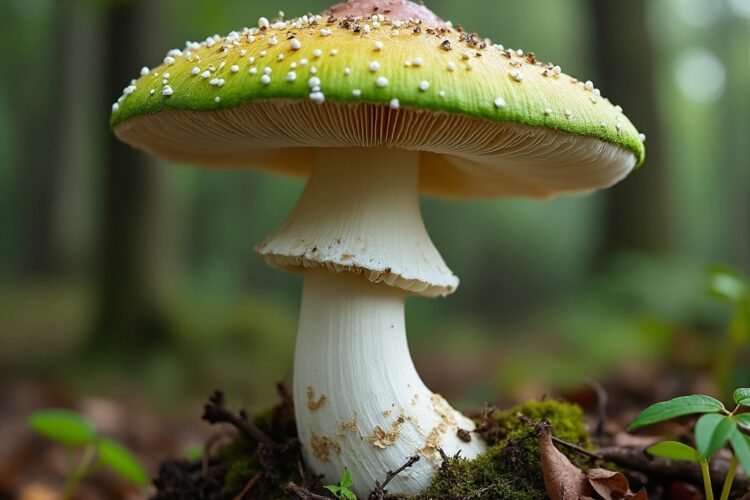The death cap mushroom is a highly toxic mushroom, scientifically known as Amanita phalloides. It is deadly due to its production of toxins called amatoxins, which can cause severe liver and kidney damage, leading to organ failure and death if ingested. ✏️
Long answer:
The death cap mushroom, scientifically known as Amanita phalloides, is one of the most toxic mushrooms in the world. Its toxicity is primarily attributed to a group of potent toxins called amatoxins. These amatoxins are heat-stable and can withstand cooking temperatures, making the mushroom even dangerous if consumed after cooking. When ingested, the amatoxins are absorbed into the bloodstream and target various organs, particularly the liver and kidneys.
The initial symptoms of death cap mushroom poisoning may not appear for several hours after ingestion, leading to a false sense of security. However, once the toxins take effect, they cause severe damage to the liver cells, resulting in symptoms like nausea, vomiting, diarrhea, and abdominal pain. As the poisoning progresses, it can lead to liver and kidney failure, along with a range of other life-threatening complications. Without prompt medical intervention, death is a real risk.
Toxicity from the death cap mushroom underscores the importance of accurate identification of wild mushrooms before consumption. It closely resembles edible species, making it a dangerous look-alike. Even a small amount of the death cap mushroom can be lethal, so it is crucial to exercise extreme caution and only consume wild mushrooms if you are an experienced forager with expert knowledge of mushroom identification or under the guidance of a mycologist.
— Doolly Noted ✏️






